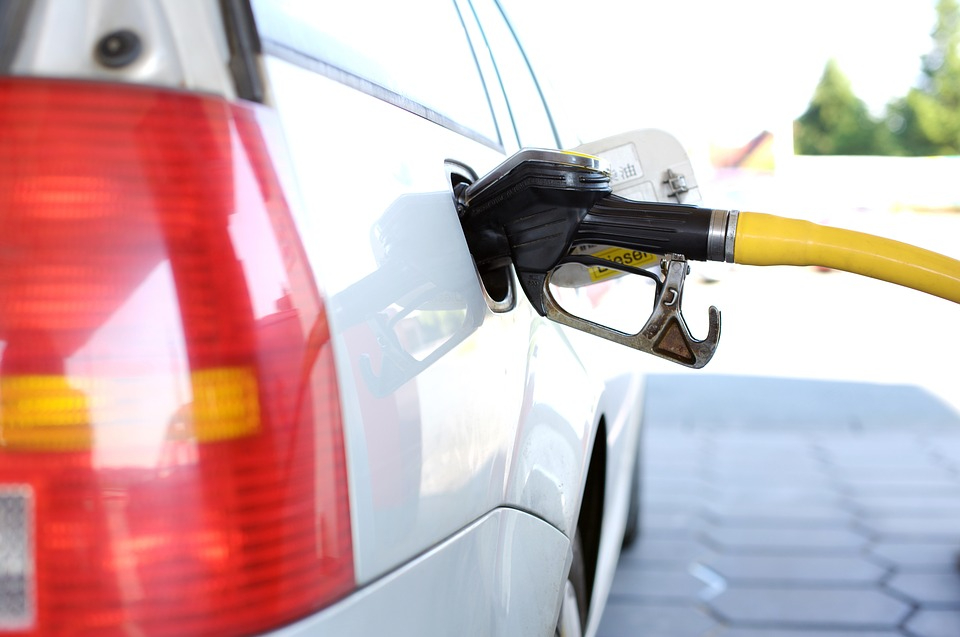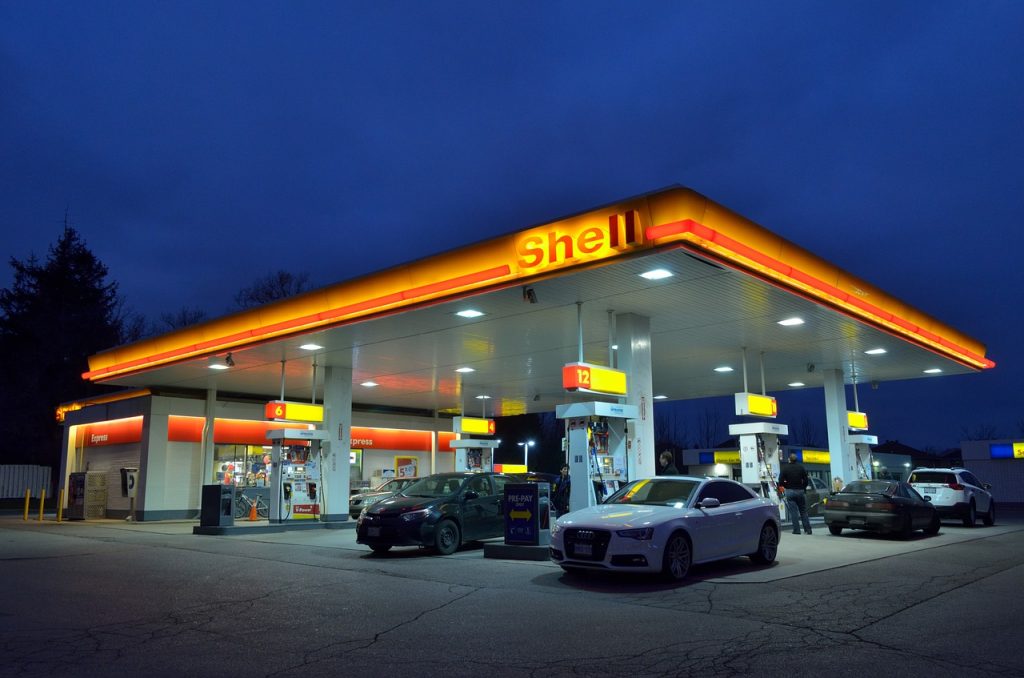Gas Prices Are Reaching Heights Not Seen In Nearly A Decade
Brace yourself, gas prices at the pump are about to soar to scary new heights.
This article is more than 2 years old

The cost of owning a vehicle is going to take a toll on your wallet in the coming months. On Friday, gas prices rose to the highest level in more than seven years. The news comes on the heels of the United States oil benchmark topping $90 per barrel for the first time since 2014. Last week, the national average for a gallon of gas stood at $3.423, according to CNBC. It slightly surpassed the previous high of $3.422 from November 8th.
The rapid increase in gas prices is contributing to inflationary fears across the economy and is creating a lot of problems for the current administration. “Gas prices at the pump are up. We’re working to bring them down, but they’re up,” President Joe Biden said in a press conference. His statement is of course, within the context of higher prices across the board for consumers. Unfortunately, President Biden did not offer specifics on how his government plans to resolve the elevated pump prices.
But in November, the White House said it would tap the Strategic Petroleum Reserve in a coordinated move alongside other nations to try to ease the burden for consumers. Fortunately, the gas price increase doesn’t seem to be unique to the United States. As reported by AP News, analysts blame the hike on uncertainty over Russia’s intentions toward Ukraine. Speaking about the situation, spokesperson for AAA Mid-Atlantic Tracy Noble, says tensions between Russia and Ukraine have been pushing crude oil prices higher almost daily.
Interestingly, gas prices did decrease at the end of 2021, but that was primarily driven by fears that the Omicron variant of Covid-19 would dent demand. When it became clear that the virus wouldn’t have much of an impact, oil prices reversed course and started on an upward trajectory again. With calls for $100 per barrel of oil, Patrick De Haan of GasBuddy said prices at the pump will face upward pressure. “It’s going to be a potentially pricier year than anticipated,” he told CNBC. He also added that the national average could top $4 per gallon by Memorial Day.

While the increase in gas prices adds to the continued strain on blue-collar citizens, the global pandemic and tensions abroad aren’t the only reasons for the new cost. According to a deep-dive report by CBNC in December, the root cause of high gas prices isn’t politics. It’s the financial pressure on oil companies from a decade of cash-flow losses that have made them change tactics. Investment in new wells has dropped more than 60%, causing crude oil production in the U.S to plummet by more than three million barrels a day.
The industry also took a 25% hit just as the Covid-19 virus emerged and then failed to recover with the economy. For an oil-drilling sector that lost 90% of its stock value from 2012 through early last year, a rise in gas prices hasn’t been a difficult decision to make. “For the decade that ended in 2019 or 2020, there was an energy revolution and what did the energy sector get? They were the worst performers in the S&P 500,” said Rob Thummel, portfolio manager at Tortoise Capital in Overland Park, Kansas.
Essentially, this means if the energy sector is going to recover its losses and increase local drilling, gas prices have to increase for a while. It’s a hard knock for the general public, but hopefully, it won’t last too long.




